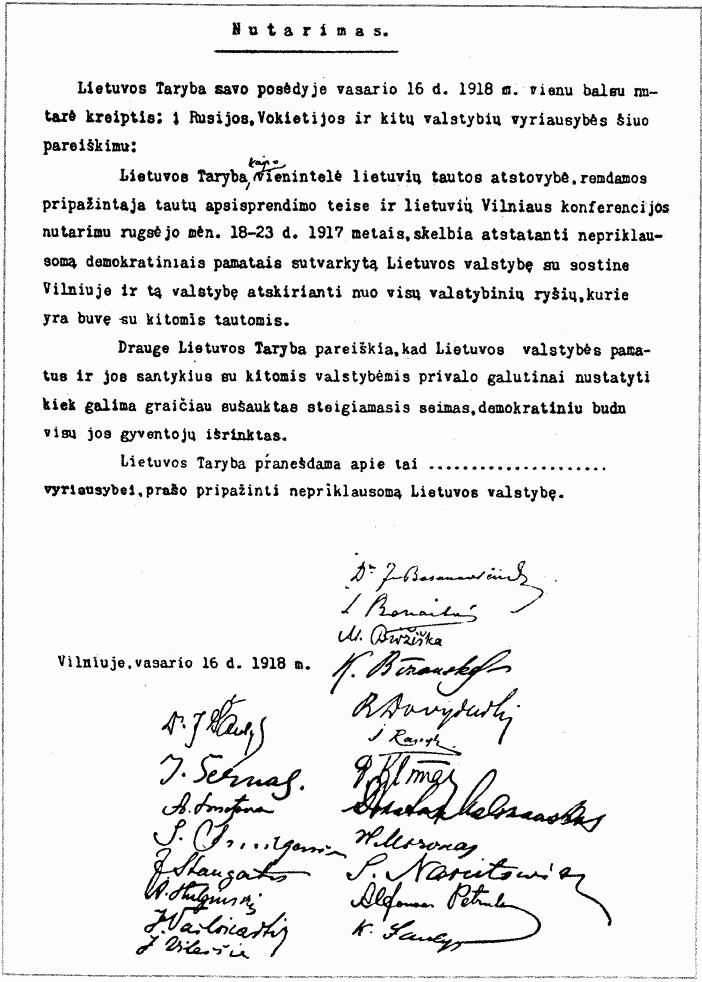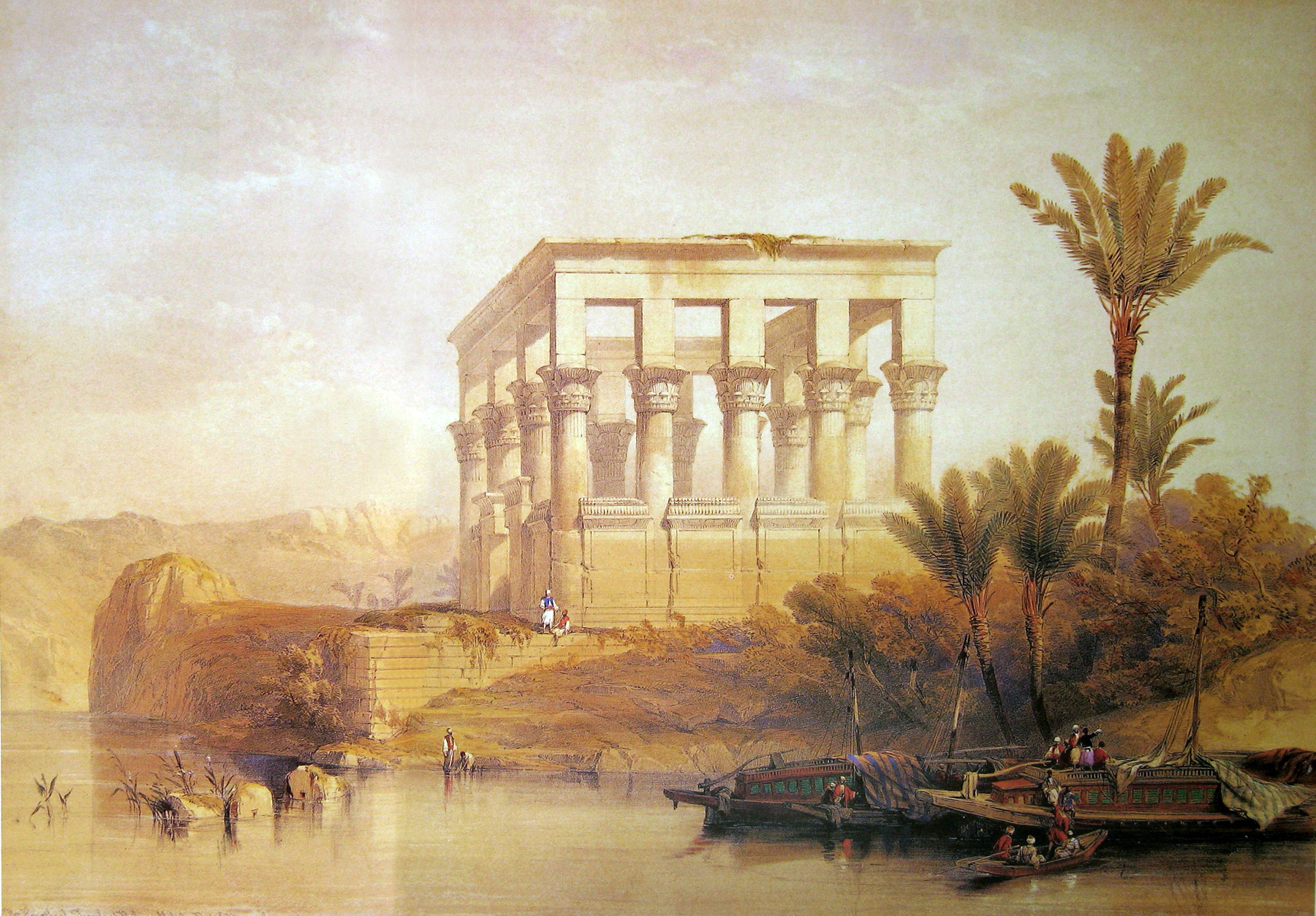|
Francesco Coleman
Francesco Coleman (1851–1918) was an Italian painter. He was the son of the English painter Charles Coleman and brother of the better-known Italian painter Enrico Coleman. He was known as a painter, in oil and in water-colour, of the people and landscapes of the Campagna Romana and the Agro Pontino, and of oriental subjects. Life Francesco Coleman was born in Rome on 23 July 1851. He was the sixth of eight children of the English painter Charles Coleman, who had come to Rome in 1831 and settled there permanently in 1835, and his wife Fortunata Segadori, a famous artist's model from Subiaco, whom he had married in 1836. He studied painting in his father's studio, and showed a particular aptitude for water-colours. He shared this studio at via Margutta 33 with his father and brother throughout his life. He ceased all artistic activity after the death of Enrico in 1911. He died on 9 January 1918 at his home in via Valenziani, near the Porta Salaria Porta Salaria was ... [...More Info...] [...Related Items...] OR: [Wikipedia] [Google] [Baidu] |
Campagna Romana
The Roman Campagna () is a low-lying area surrounding Rome in the Lazio region of central Italy, with an area of approximately . It is bordered by the Tolfa and Sabatini mountains to the north, the Alban Hills to the southeast, and the Tyrrhenian Sea to the southwest. The rivers Tiber and Aniene run through the area. History During the Ancient Roman period, it was an important agricultural and residential area, but it was abandoned during the Middle Ages due to malaria and insufficient water supplies for farming needs. The pastoral beauty of the Campagna inspired the painters who flocked into Rome in the 18th and 19th centuries. During that time, the Campagna became the most painted landscape in Europe (see Gallery below). An excursion into the Roman countryside was an essential part of the Grand Tour. The region was reclaimed in the 19th and 20th centuries for use in mixed farming, and new settlements have been built. Starting with the 1950s, the expansion of Rome destroyed ... [...More Info...] [...Related Items...] OR: [Wikipedia] [Google] [Baidu] |
1851 Births
Events January–March * January 11 – Hong Xiuquan officially begins the Taiping Rebellion. * January 15 – Christian Female College, modern-day Columbia College, receives its charter from the Missouri General Assembly. * January 23 – The flip of a coin, subsequently named Portland Penny, determines whether a new city in the Oregon Territory is named after Boston, Massachusetts, or Portland, Maine, with Portland winning. * January 28 – Northwestern University is founded in Illinois. * February 1 – '' Brandtaucher'', the oldest surviving submersible craft, sinks during acceptance trials in the German port of Kiel, but the designer, Wilhelm Bauer, and the two crew escape successfully. * February 6 – Black Thursday in Australia: Bushfires sweep across the state of Victoria, burning about a quarter of its area. * February 12 – Edward Hargraves claims to have found gold in Australia. * February 15 – In Boston, M ... [...More Info...] [...Related Items...] OR: [Wikipedia] [Google] [Baidu] |
Italian Landscape Painters
Italian(s) may refer to: * Anything of, from, or related to the people of Italy over the centuries ** Italians, an ethnic group or simply a citizen of the Italian Republic or Italian Kingdom ** Italian language, a Romance language *** Regional Italian, regional variants of the Italian language ** Languages of Italy, languages and dialects spoken in Italy ** Italian culture, cultural features of Italy ** Italian cuisine, traditional foods ** Folklore of Italy, the folklore and urban legends of Italy ** Mythology of Italy, traditional religion and beliefs Other uses * Italian dressing, a vinaigrette-type salad dressing or marinade * Italian or Italian-A, alternative names for the Ping-Pong virus, an extinct computer virus See also * * * Italia (other) Italia may refer to the following: * Italy in Italian language and several other languages * Roman Italy (''Italia'' in Latin), the Italian peninsula during Roman times People * Italia (name), list of people an ... [...More Info...] [...Related Items...] OR: [Wikipedia] [Google] [Baidu] |
Italian Male Painters
Italian(s) may refer to: * Anything of, from, or related to the people of Italy over the centuries ** Italians, an ethnic group or simply a citizen of the Italian Republic or Italian Kingdom ** Italian language, a Romance language *** Regional Italian, regional variants of the Italian language ** Languages of Italy, languages and dialects spoken in Italy ** Italian culture, cultural features of Italy ** Italian cuisine, traditional foods ** Folklore of Italy, the folklore and urban legends of Italy ** Mythology of Italy, traditional religion and beliefs Other uses * Italian dressing, a vinaigrette-type salad dressing or marinade * Italian or Italian-A, alternative names for the Ping-Pong virus, an extinct computer virus See also * * * Italia (other) * Italic (other) * Italo (other) * The Italian (other) The Italian may refer to: * ''The Italian'' (1915 film), a silent film by Reginald Barker * ''The Italian'' (2005 film), a Russian film by A ... [...More Info...] [...Related Items...] OR: [Wikipedia] [Google] [Baidu] |
Painters From Rome
Painting is the practice of applying paint, pigment, color or other medium to a solid surface (called the "matrix" or "support"). The medium is commonly applied to the base with a brush, but other implements, such as knives, sponges, and airbrushes, can be used. In art, the term ''painting ''describes both the act and the result of the action (the final work is called "a painting"). The support for paintings includes such surfaces as walls, paper, canvas, wood, glass, lacquer, pottery, leaf, copper and concrete, and the painting may incorporate multiple other materials, including sand, clay, paper, plaster, gold leaf, and even whole objects. Painting is an important form in the visual arts, bringing in elements such as drawing, composition, gesture (as in gestural painting), narration (as in narrative art), and abstraction (as in abstract art). Paintings can be naturalistic and representational (as in still life and landscape painting), photographic, abstract, narra ... [...More Info...] [...Related Items...] OR: [Wikipedia] [Google] [Baidu] |
19th-century Italian Painters
The 19th (nineteenth) century began on 1 January 1801 ( MDCCCI), and ended on 31 December 1900 ( MCM). The 19th century was the ninth century of the 2nd millennium. The 19th century was characterized by vast social upheaval. Slavery was abolished in much of Europe and the Americas. The First Industrial Revolution, though it began in the late 18th century, expanding beyond its British homeland for the first time during this century, particularly remaking the economies and societies of the Low Countries, the Rhineland, Northern Italy, and the Northeastern United States. A few decades later, the Second Industrial Revolution led to ever more massive urbanization and much higher levels of productivity, profit, and prosperity, a pattern that continued into the 20th century. The Islamic gunpowder empires fell into decline and European imperialism brought much of South Asia, Southeast Asia, and almost all of Africa under colonial rule. It was also marked by the collapse of the large ... [...More Info...] [...Related Items...] OR: [Wikipedia] [Google] [Baidu] |
1918 Deaths
This year is noted for the end of the World War I, First World War, on the eleventh hour of the eleventh day of the eleventh month, as well as for the Spanish flu pandemic that killed 50–100 million people worldwide. Events Below, the events of World War I have the "WWI" prefix. January * January – 1918 flu pandemic: The "Spanish flu" (influenza) is first observed in Haskell County, Kansas. * January 4 – The Finnish Declaration of Independence is recognized by Russian Soviet Federative Socialist Republic, Soviet Russia, Sweden, German Empire, Germany and France. * January 9 – Battle of Bear Valley: U.S. troops engage Yaqui people, Yaqui Native American warriors in a minor skirmish in Arizona, and one of the last battles of the American Indian Wars between the United States and Native Americans. * January 15 ** The keel of is laid in Britain, the first purpose-designed aircraft carrier to be laid down. ** The Red Army (The Workers and Peasants Red Army) ... [...More Info...] [...Related Items...] OR: [Wikipedia] [Google] [Baidu] |
Cimitero Del Verano
The Campo Verano (Italian: ''Cimitero del Verano'') is a cemetery in Rome, Italy, founded in the early 19th century. The monumental cemetery is currently divided into sections: the Jewish cemetery, the Catholic cemetery, and the monument to the victims of World War I. History The Verano (officially the "Communal Monumental Cemetery of Campo Verano") is located in the quartiere Tiburtino of Rome, near the Basilica of San Lorenzo fuori le mura. The name ''verano'' refers to the Ancient Roman ''campo dei Verani'' that was located here. The zone contained ancient Christian catacombs. A modern cemetery was not established until the Napoleonic Kingdom of Italy during 1807–1812, when the architect Giuseppe Valadier was commissioned for designs after the required burials to take place outside of the city walls. The papal authorities still have some control over the administration. Pope Francis celebrated All Saints Day Mass here on a papal visit to the cemetery on 1 November 2014 ... [...More Info...] [...Related Items...] OR: [Wikipedia] [Google] [Baidu] |
Orientalism
In art history, literature and cultural studies, Orientalism is the imitation or depiction of aspects in the Eastern world. These depictions are usually done by writers, designers, and artists from the Western world. In particular, Orientalist painting, depicting more specifically the Middle East, was one of the many specialisms of 19th-century academic art, and the literature of Western countries took a similar interest in Oriental themes. Since the publication of Edward Said's '' Orientalism'' in 1978, much academic discourse has begun to use the term "Orientalism" to refer to a general patronizing Western attitude towards Middle Eastern, Asian, and North African societies. In Said's analysis, the West essentializes these societies as static and undeveloped—thereby fabricating a view of Oriental culture that can be studied, depicted, and reproduced in the service of imperial power. Implicit in this fabrication, writes Said, is the idea that Western society is developed, ... [...More Info...] [...Related Items...] OR: [Wikipedia] [Google] [Baidu] |
Porta Salaria
Porta Salaria was a gate in the Aurelian Walls of Rome, Italy. Constructed between 271 AD and 275 AD, it was finally demolished in 1921. History Porta Salaria was part of the Aurelian Walls built by emperor Aurelian in the 3rd century, including pre-existing constructions in order to hasten the works. Under it passed the Via Salaria nova, which joined the Via Salaria vetus (Old Via Salaria) outside the city. The gate had a single passage and was flanked by two semi-circular towers. The Horti Sallustiani were located in the city just inside the gate. During the restoration by emperor Honorius in the early 5th century, the arch was strengthened in '' opus mixtum'', and over it three large windows were opened. The Goth king Alaric I entered Rome from this gate to begin the famous Sack of Rome. In 537, the area between Porta Salaria and Castro Pretorio was the location of the siege by the Goth king Witigis against the troops of Belisarius. During the Middle Ages, unlike oth ... [...More Info...] [...Related Items...] OR: [Wikipedia] [Google] [Baidu] |




